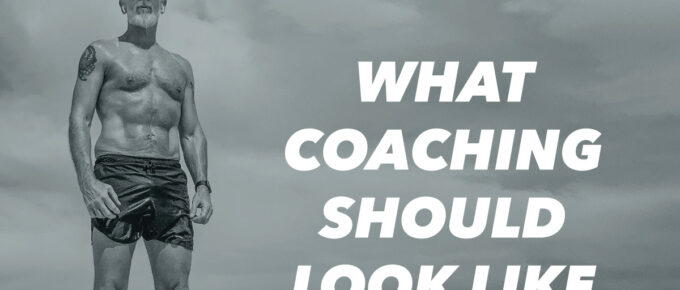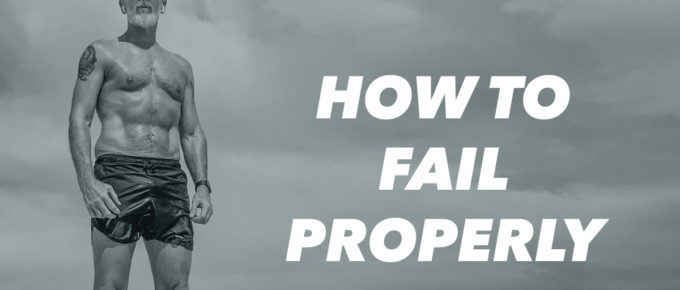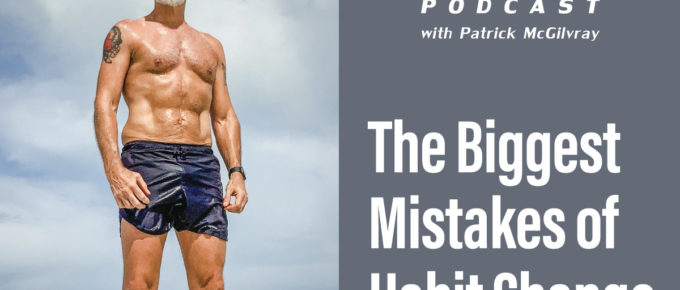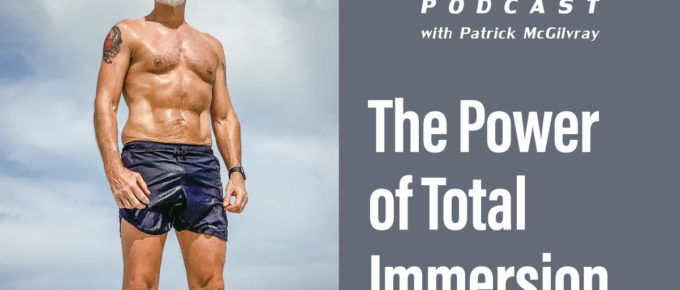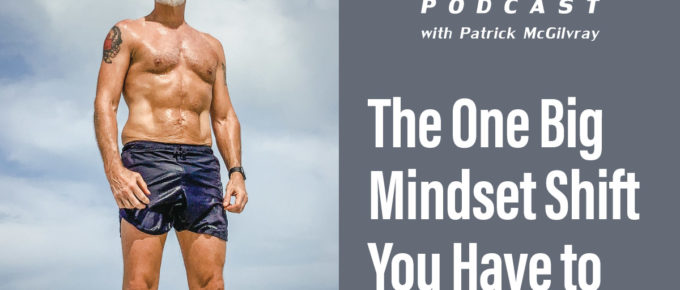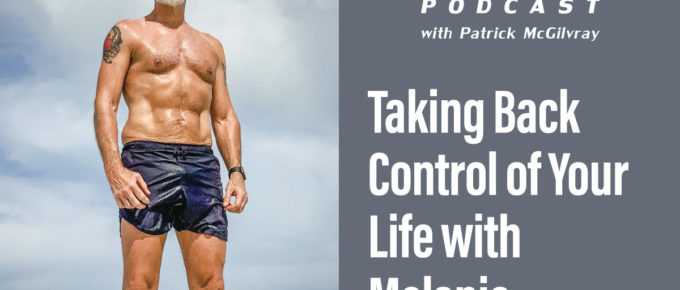There are a lot of misconceptions out there about what coaching is and what it isn’t. Some people think coaching is just someone screaming at you like a drill sergeant in boot camp. Others think …
Continue Reading about 122. What Coaching Should Look Like →

